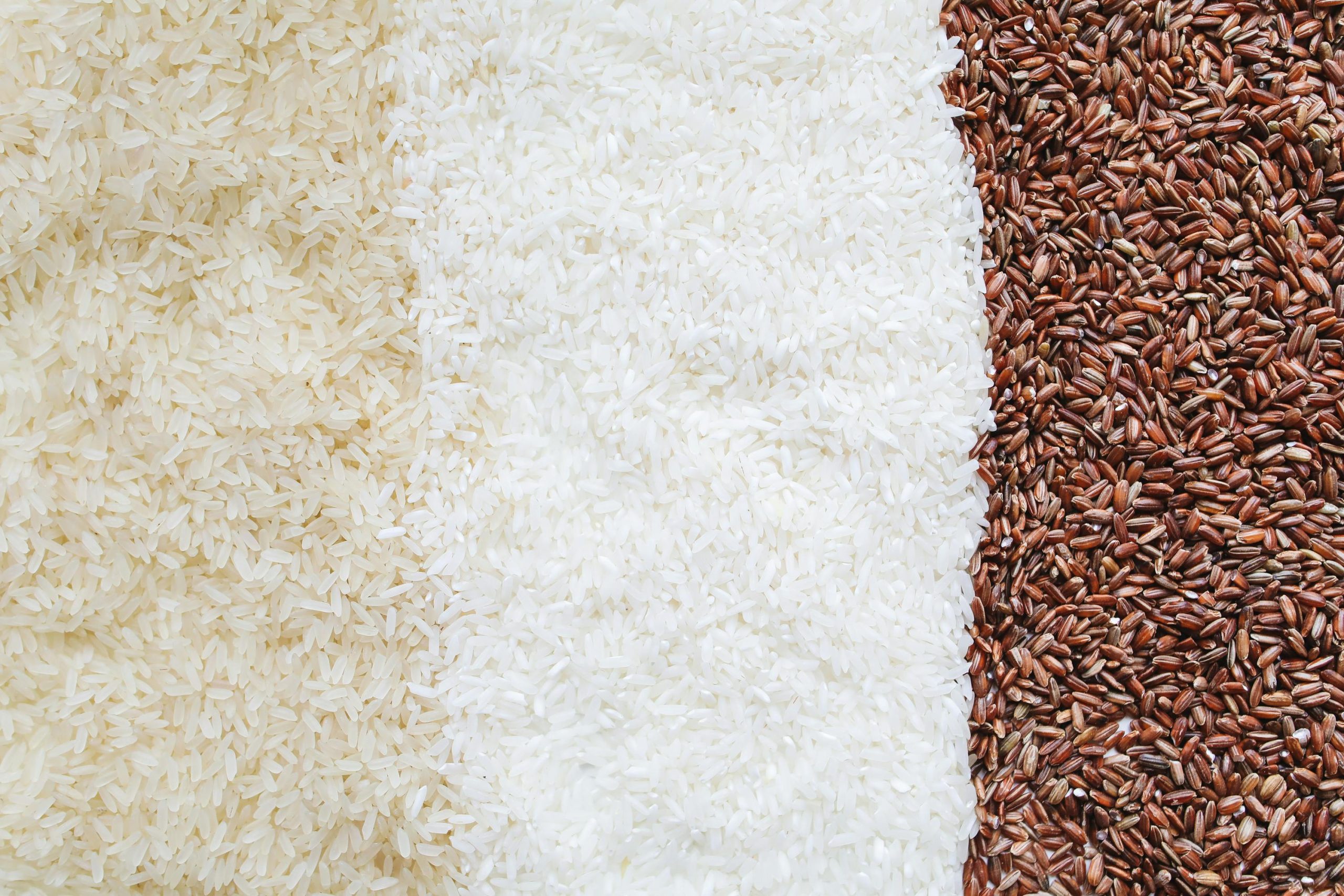Unveiling the Potential: Dietary Fiber Emerges as the Macronutrient Star of 2024 - 3 minutes read
In the dynamic landscape of nutritional awareness in 2024, macronutrients are taking the spotlight, resembling star athletes in the world of diet and health. Proteins, carbs, and fats have long been the headliners, but amid this nutritional lineup, dietary fiber is poised to steal the show, heralding a new era of dietary importance.
Decoding the Significance of Fiber
Dietary fiber, alternatively known as roughage or bulk, stands out as a unique type of carbohydrate found in plant foods. Diverging from proteins, fats, and digestible carbohydrates, fiber remains intact through the digestive process, its undigested nature playing a pivotal role in maintaining an optimally functioning digestive system.
Functioning as a prebiotic, fiber nurtures the growth and vitality of beneficial bacteria residing in the gut. The gastrointestinal tract’s diverse community of microorganisms thrives on the undigested fiber in the colon, converting it into short-chain fatty acids (SCFAs). This scientific alchemy in the gut yields energy, fortifies intestinal barriers, fights inflammation, and supports the immune system.
Distinguishing Soluble from Insoluble Fiber

Dietary fiber is not a monolithic entity; it can be categorized into two types: soluble and insoluble, each with a specific purpose.
Soluble fiber, found in foods like beans, lentils, nuts, and specific fruits and vegetables, forms a gel during digestion, slowing down the digestive process.
Conversely, insoluble fiber contributes bulk to stool, facilitating swift movement through the stomach and intestines. Rich sources of insoluble fiber include whole grains, vegetables, and wheat bran.
The Health Symphony of Fiber
Beyond its role in promoting gut health and regular bowel movements, fiber emerges as a maestro conducting metabolic harmony within the body. Research underscores fiber’s contribution to regulating blood sugar levels and influencing gut hormones, anti-inflammatory proteins (adipokines), and bile acids, providing a shield against Type 2 diabetes. High-fiber diets also correlate with reduced risks of heart disease, breast cancer, and colorectal cancer.
Navigating the Fiber Intake Terrain

The recommended fiber intake is not one-size-fits-all; it varies based on factors like sex and daily calorie consumption. According to the United States Department of Agriculture (USDA), aiming for 14 grams of fiber per 1,000 calories is advisable. A daily intake ranging from 25 to 35 grams is considered beneficial.
Fiber-Rich Culinary Delights
Elevate your fiber game with an array of delectable options:
- Fruits: Enjoy the full spectrum of fiber benefits by consuming apples, berries, and pears in their whole form, not juiced.
- Vegetables: Let peas, broccoli, and cruciferous veggies be your leafy allies. Don’t overlook artichokes, potatoes, and sweet potatoes.
- Beans and Legumes: Unite protein and fiber in a single bowl with beans, lentils, and chickpeas.
- Whole Grains: Embrace gut-friendly options like oats, whole wheat pasta, quinoa, and barley.
- Nuts and Seeds: Add crunch and fiber to your daily routine with chia seeds, pumpkin seeds, and almonds.
Contemplating Fiber Supplements
In a world where whole foods reign supreme, there’s room for considering fiber supplements like psyllium, inulin, or methylcellulose, especially when adhering to a consistent whole-food diet poses challenges. However, prudence is key. Before incorporating any supplements, consulting a healthcare professional is advisable. Even seemingly innocuous fiber supplements could have implications for specific health conditions or interact with medications.
In the nutritional narrative of 2024, dietary fiber emerges not just as a supporting actor but as a starring macronutrient, weaving a tapestry of health benefits that extend beyond the digestive realm.
Featured image: /iStock